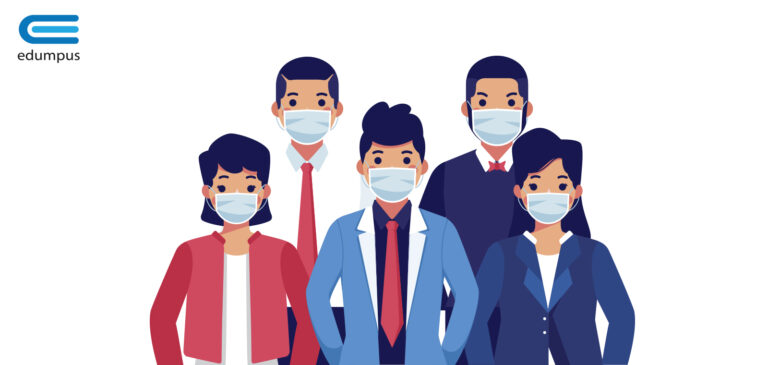Need expert advice?
Feel like you need detailed guidance for further study options?
Close to a billion people are still locked down after the novel coronavirus outbreak brought the life around the world to a virtual standstill. The pandemic is expected to have enormous economic consequences and it is also having a devastating impact on global education.
According to UNESCO monitoring, over 160 countries have implemented nationwide closures, impacting over 87% of the world’s student population. Several other countries have implemented localized school closures and, should these closures become nationwide, millions of additional learners will experience education disruption.
Many countries have turned to distance learning as a means of mitigating for lost time in school (fully online in China, Italy, France, Germany, and Saudi Arabia; mobile phones or television in Vietnam, Mongolia).
The purpose of education has evolved over time. There was a time when teachers would teach the way they had learned, with little regard to the needs of the student. The world changed when Howard Gardner and others came along and turned education on its head by promoting an agile teacher model. In this model the teacher — be they traditional classroom teachers or coaches, speakers or mentors – would adapt how they taught to meet the varying student needs. But now a third wave is upon us, disrupting the existing pedagogies. COVID-19 has become a catalyst for educational institutions worldwide to search for innovative solutions in a relatively short period of time.
In India, educators across the country are moving to virtual classes on Microsoft Teams to ensure learning never stops. Teams not only enables teachers and students to connect over video-enabled remote classrooms but also provides a host of interactive and collaborative tools on a single platform. China is one country where education continued regardless of school closures, taking place through internet and distance learning.
The development of new technologies in the educational system need a strong Public-private partnership. Government, the main education provider has to collaborate with diverse stakeholders – including publishers, education professionals, technology providers, and telecom network operators to upgrade the present learning platform to a digital one.
In Europe and Central Asia, we have a diverse set of countries at different levels of income and development. The spread, use and availability of technology is key, as is the availability of online learning materials, as well as devices and the level of internet connectivity at home. In this scenario, the rich can easily access schooling materials online and work on their programs in a flash, the people in lower socio-economic classes are disadvantaged and have to undergo long hours of cumbersome studies in meeting the objectives of the course.
Unless access costs decrease and quality of access increase in all countries, the gap in education quality, and thus socioeconomic equality will be further exacerbated. The digital divide could become more extreme if educational access is dictated by access to the latest technologies.
The quick spread of COVID-19 has exhibited the significance of building versatility to confront different dangers, from pandemic ailment to fanatic savagery to atmosphere weakness, and even, indeed, fast mechanical change. The pandemic is additionally a chance to help ourselves to remember the abilities understudies need right now, for example, educated dynamic, imaginative critical thinking, and maybe most importantly, flexibility. To guarantee those aptitudes stay a need for all understudies, flexibility must be incorporated with our instructive frameworks also.




